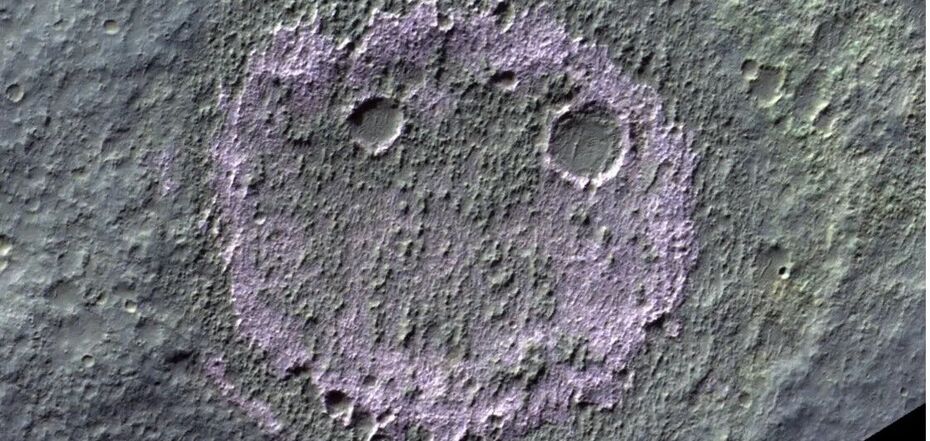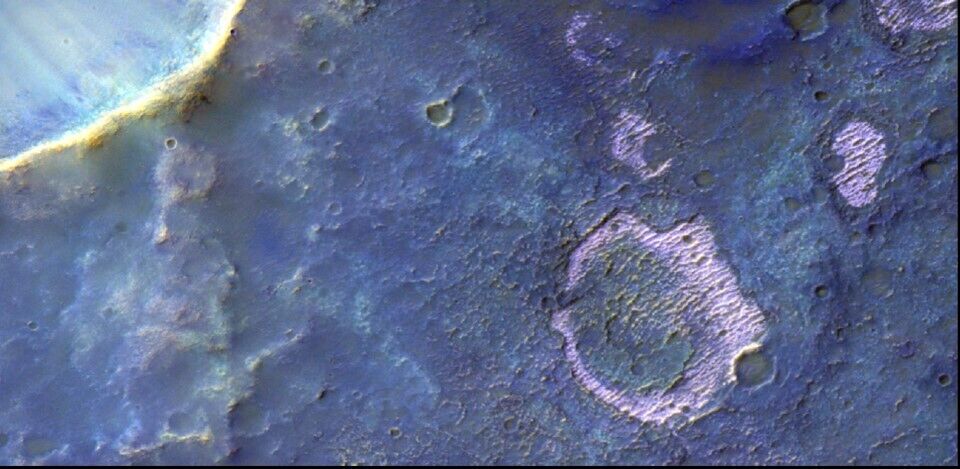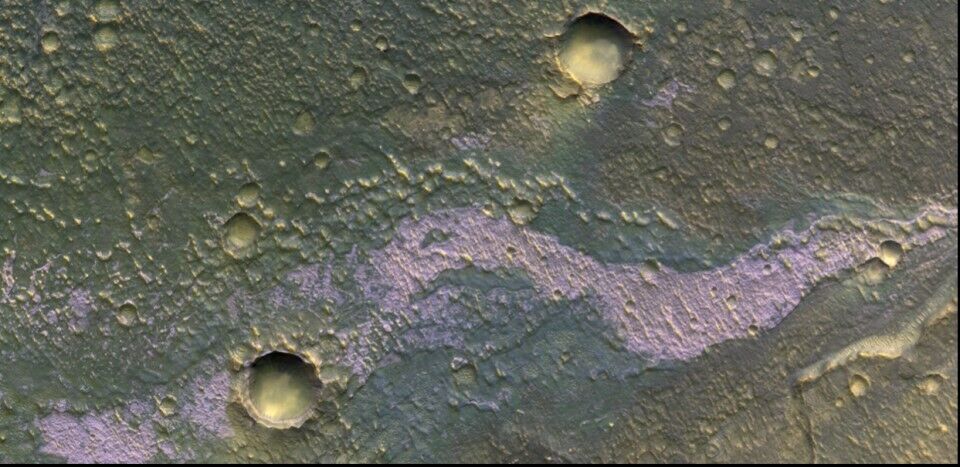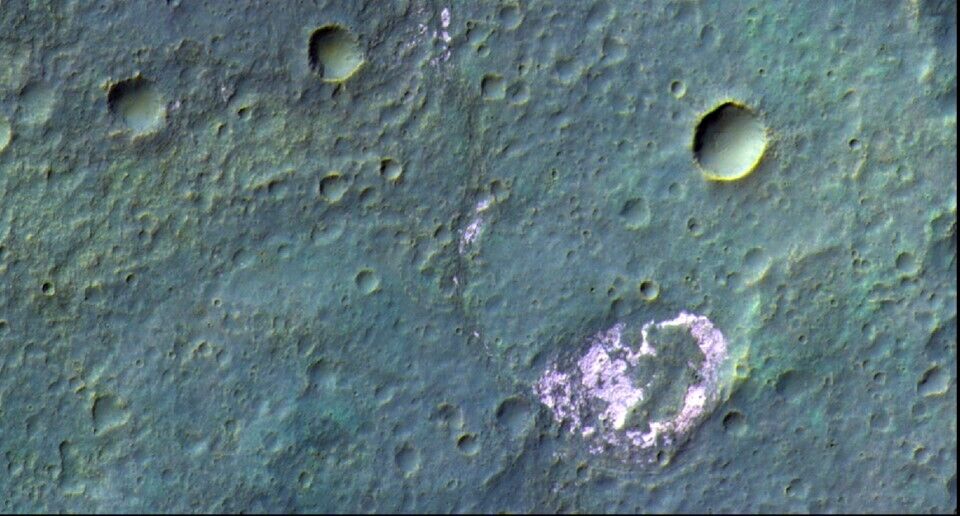News
A "smiley" that may hide secrets about past Martian life spotted on the Red Planet. Photo
Scientists have seen a strange deposit in the shape of a "smiley face" on the surface of Mars. They suggest that it may hide secrets about former life on the Red Planet
A new study shows that salt deposits on Mars in the form of a "smiling face" may indicate that microbes once lived in local water bodies. These are probably traces of the last life on this planet, TheSun reports.
According to scientists, Mars once had large lakes and rivers. But about three billion years ago, during a global freeze, they evaporated. However, some very salty bodies of water remained because of the lower freezing temperature.
The new study suggests that while these basins eventually evaporated, they left behind salt deposits that could have been a haven for hardy microbes. They could also reveal important information about Mars' past climate and evolution.
"A cold era began when Mars lost its magnetic field and could no longer hold its own atmosphere, leading to water evaporating, freezing, or becoming trapped within the surface. As the water disappeared over time, it left mineral fingerprints on the surface," said study leader Valentin Bickel, a planetary scientist at the University of Bern in Switzerland.
Bickel and his colleagues explained that people on Earth use a similar method, leaving pools of seawater to dry in the sun to produce salt for food.
"Very salty waters could have become a haven for life, a beacon for habitable places on Mars. High concentrations of salt allow water to remain liquid at temperatures as low as minus 40 degrees Celsius," the researchers added.
The salt, which scientists call chloride, takes on a purple hue in the infrared image. The European Space Agency's ExoMars Trace Gas Orbiter captured infrared images of previously unknown salt deposits.
"Chloride-bearing terrain does not stand out in regular black-and-white images but shows up as a distinct purple hue in color-infrared images, making CaSSIS a unique tool to study the distribution of salts across Mars," Valentin Bikel and his fellow scientists summarized.
Only verified information is available on our Telegram channel OBOZ.UA and Viber. Do not fall for fakes!






























